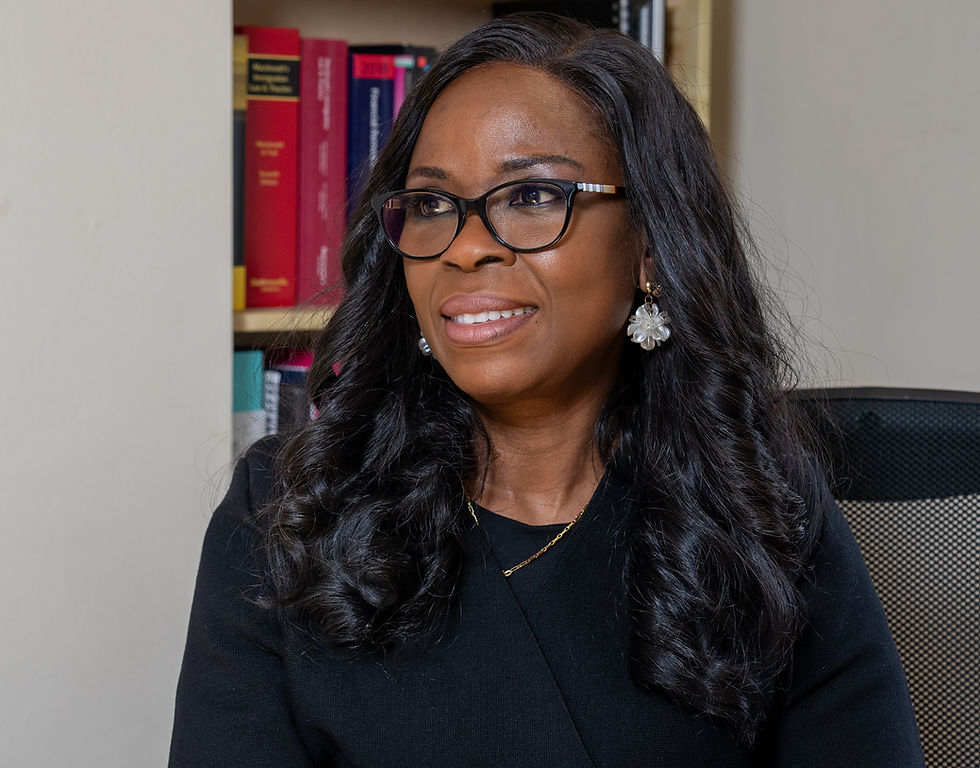Canadian Real Estate Investor Adam Gant: New Ideas to Solve the Housing Crisis
- robbarratt4
- Jan 2, 2024
- 3 min read

Adam Gant has traveled the world in search of innovative ways to improve housing access and affordability. An investor, researcher and popular author, he devised the concept of “shared equity” as a practical solution to distortions in North American housing markets.
How do you define the “housing crisis”?
Depending on your perspective, the term is broad or narrow, something that happens at the macro level or affects you in a very personal way, in your own community. One element that traditionally attracts a great deal of attention, and rightly so, is homelessness, which is a symptom of the same systemic problems that are causing lack of access to housing and loss of affordable housing options. A segment of the homeless population are people who were once able to afford to rent. But as we know, rent has soared in Canada and the U.S., especially in major metropolitan areas. This has been caused by a whole host of factors, including a scarcity of single family homes on the market, high interest rates, elevated prices and strict new credit and income requirements for mortgages. High interest rates also affect the supply of rental units by making construction costs prohibitive, slowing or stopping the building of new complexes. As you can see, the housing crisis extends deep into the middle class. It threatens the security of ordinary families with good incomes. It results in lower standards of living and deferred dreams. And it is in large part caused by market distortions that can be fixed.
How did you go about analyzing this issue?
For me, as well as many others in the U.S. and Canada, the financial crisis of 2008-2009 was a wake-up call. That’s the moment that almost everyone, from average workers to economic elites, realized that the financial structures on which our standard of living is based are fragile, and indeed unsustainable. If you can think back to that time, it was quite a shock to the system. Banks and governments were panicking. Lehman Brothers failed on Wall Street, and the U.S. Treasury, along with major central banks, began pumping tremendous amounts of money into the system to keep everything afloat. The government was so heavily involved that Time magazine’s cover declared: “We’re all socialists now.” Of course, that wasn’t true; the reality was that mostly the giant institutions benefited from the fiscal and monetary liquidity. In light of these events, I studied housing markets, in my home country of Canada and across the globe, from Singapore to Eastern Europe. I talked with experts and examined how unique financial models and markets worked, in relation to housing and in the context of each society, culture and economy. I synthesized the data and over time refined a concept that I call “shared equity.” It’s an idea that I promote in speeches, papers and in a novel I co-wrote in 2020, A House Shared.
What are the basic tenets of “shared equity”?
At its core, shared equity is a way to improve housing affordability and expand accessibility for the millions of families that are today locked out of home ownership. Using this financial model, a buyer gains access to the market with a small deposit or down payment, ideally one percent. The home buyer does not need to qualify for a mortgage up front. The buyer is matched with a home where the monthly payment is comfortable for the family's income level. The buyer shares in the equity growth in the home from the price appreciation. The exact percentage share of the home equity growth is dependent on the deposit size. Twenty percent or greater is a good starting range. The home buyer keeps their share of the equity even if they don't end up buying the home.
This is not just a practical solution that can broaden access to housing, it’s also a powerful way to reverse some of the pernicious trends that have taken hold in housing markets in recent years. Most troubling among them is the way homes are being commoditized, viewed by large firms as investment vehicles rather than as places where families can settle down and create stable, vibrant communities. Homes are being bought up, rented out, flipped, and sold over and over again. In my view, shared equity is one way to break this cycle and restore the full meaning of what a home should be: not an appreciating asset in an investment firm’s portfolio, but a place where families take root, and lifelong memories are created.
















